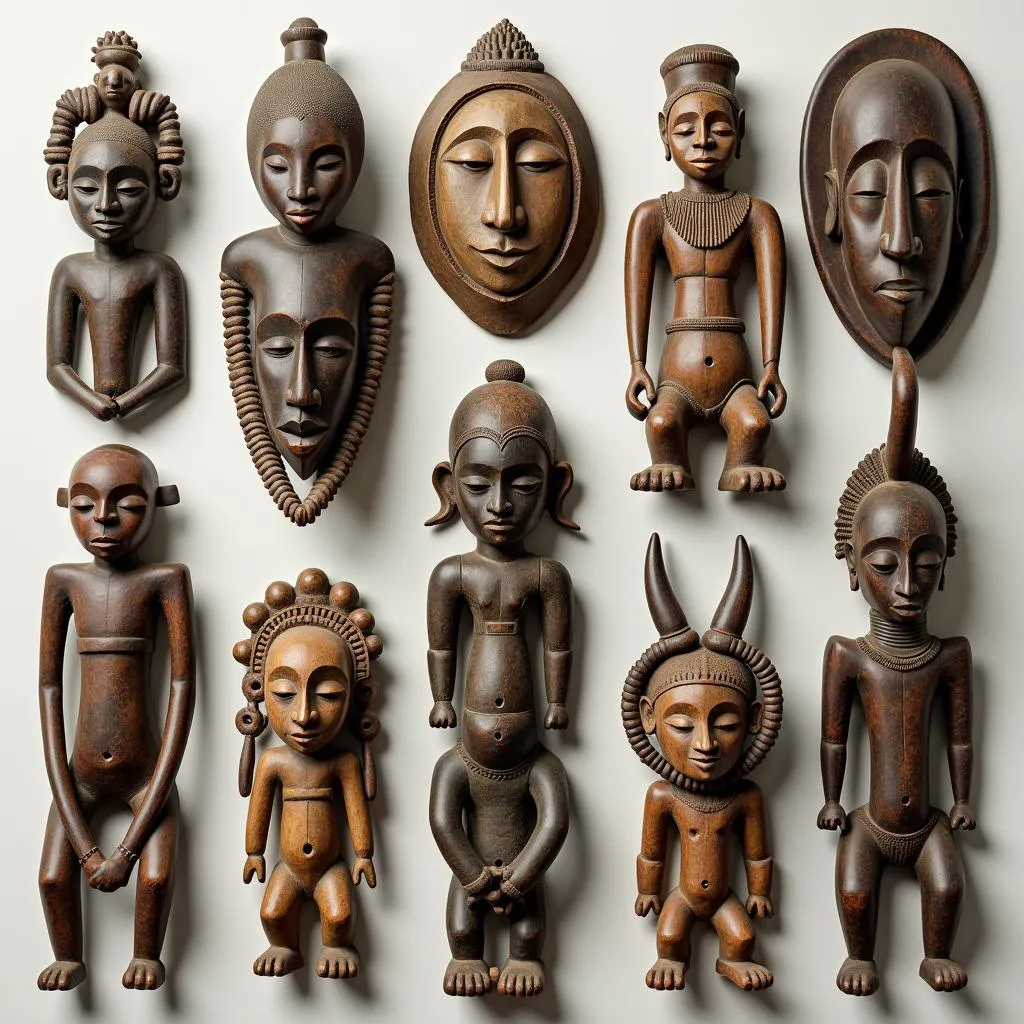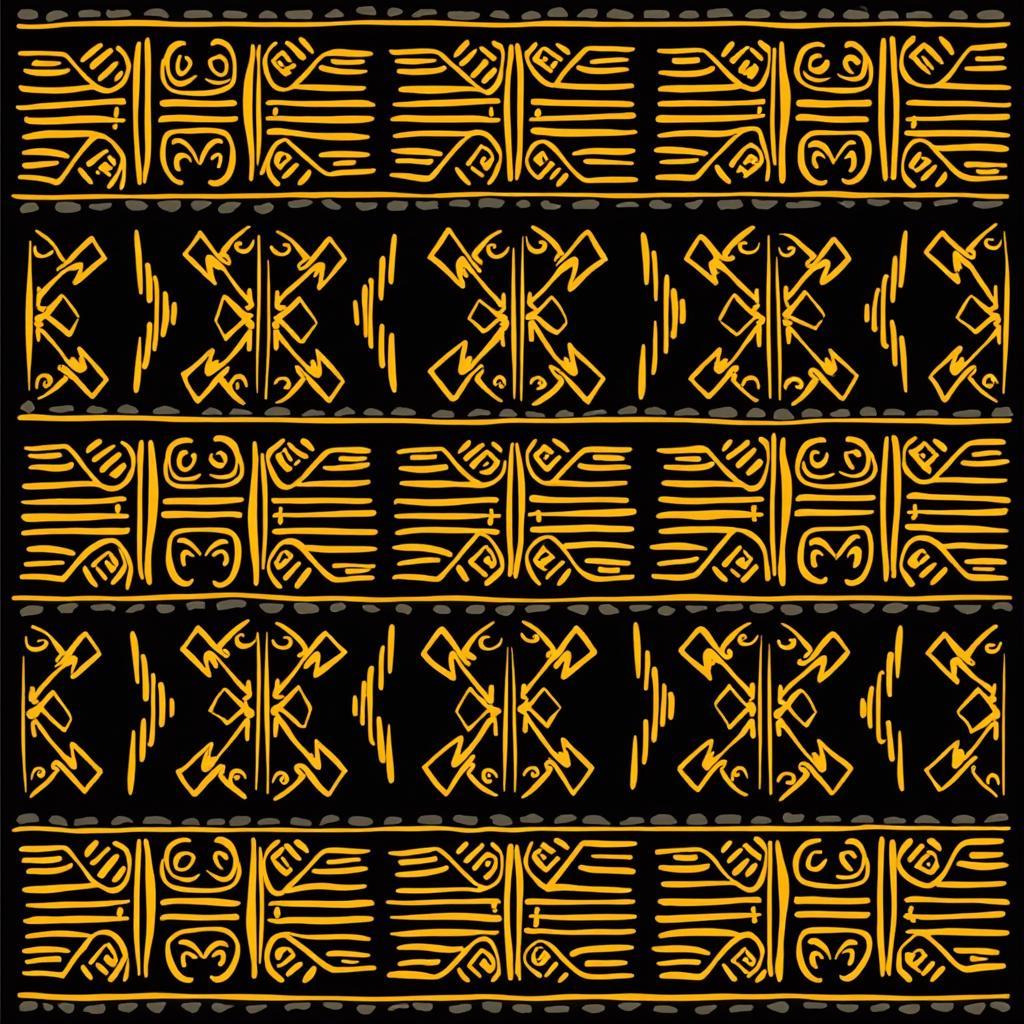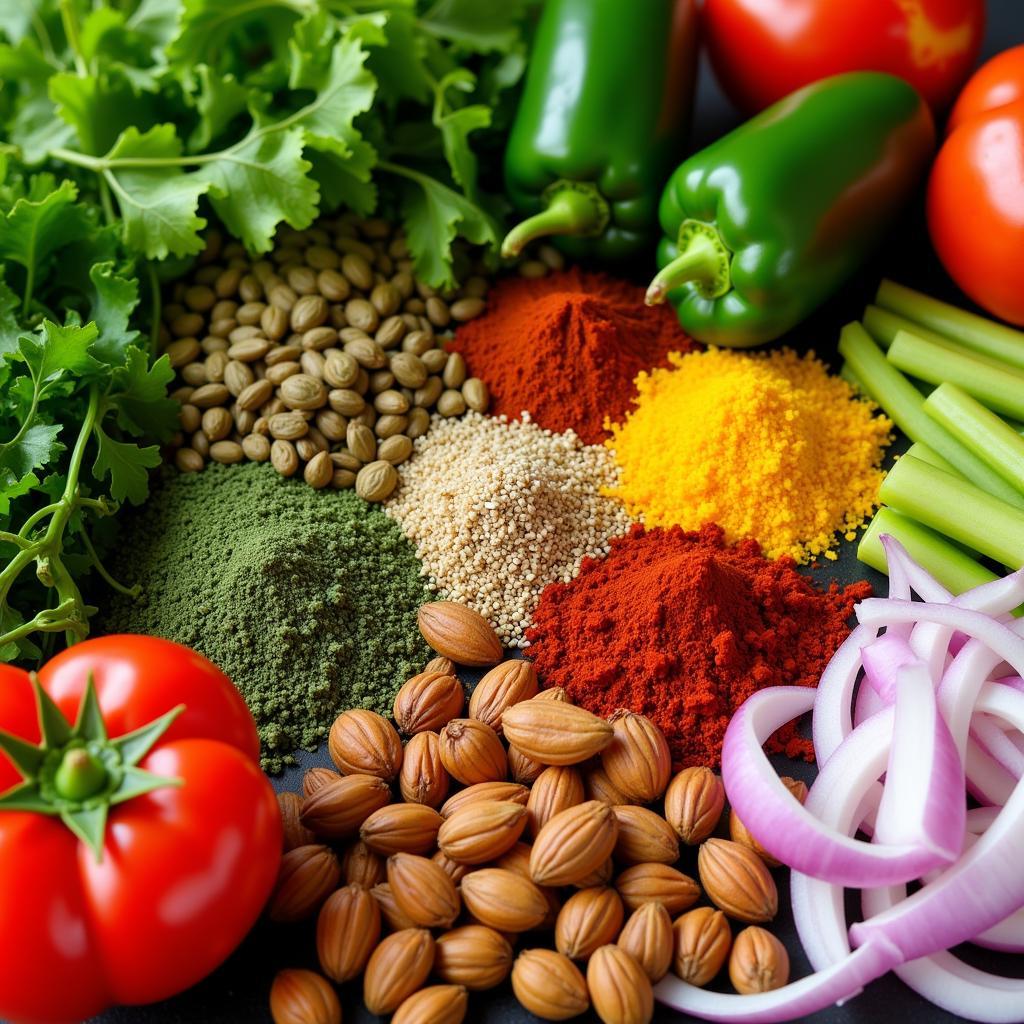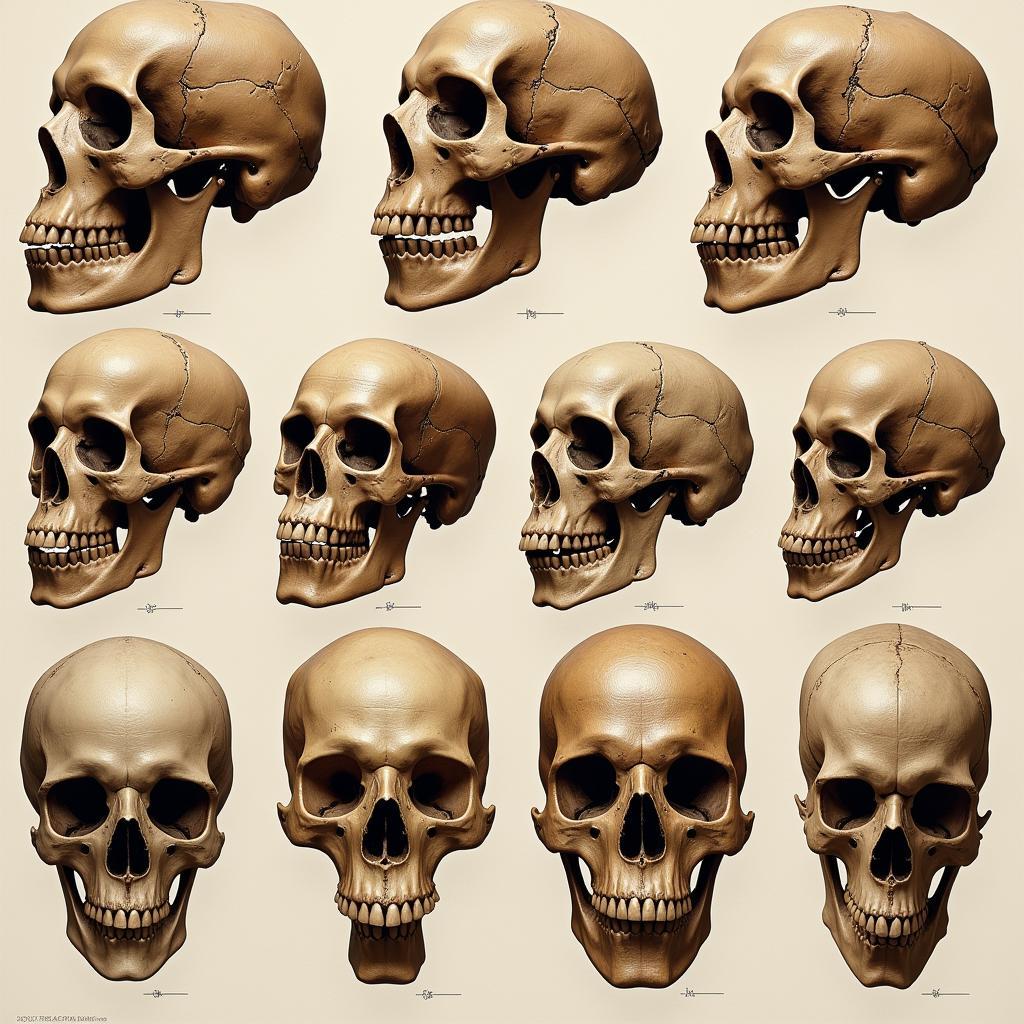African Dystopias and The Desert Flower: A Journey Through Imaginative Landscapes
The African continent is a tapestry of diverse cultures, histories, and landscapes. While much of the world’s focus has been on the region’s beauty and resilience, a growing body of literature and art is exploring the potential dystopian futures that could face Africa. These narratives, often steeped in the harsh realities of climate change, political instability, and social inequalities, serve as powerful warnings and thought-provoking reflections on the challenges facing the continent. One such exploration is the concept of the “desert flower,” a potent symbol of resilience and hope in the face of environmental devastation.
The Rise of African Dystopian Fiction
The emergence of dystopian fiction in Africa is a recent phenomenon, but one that is gaining momentum. Authors like Nnedi Okorafor, Ben Okri, and Lauren Beukes are weaving captivating tales that explore the dark underbelly of social and environmental issues. Their narratives, often rooted in traditional African mythology and folklore, provide a unique lens through which to understand the complex realities of the continent.
“In dystopian fiction, we can see the potential consequences of our actions and challenge the status quo,” says renowned African literary critic, Professor Amaka Nduka. “These stories are not just about fear, but about hope, resilience, and the power of human agency in the face of adversity.”
The Desert Flower: A Symbol of Resilience
The desert flower, often a metaphorical representation of hope and beauty amidst aridity, holds a powerful significance in the context of African dystopian narratives. It symbolizes the indomitable spirit of the people, their ability to thrive even in the most challenging environments.
“The desert flower is not just a symbol of hope,” explains renowned environmental activist, Dr. Khumo Moloko. “It is a reminder that life can persist even in the face of seemingly insurmountable obstacles. It inspires us to find ways to adapt and overcome the challenges we face, both as individuals and as a collective.”
Exploring the Dystopian Landscapes
Here are a few examples of African dystopian narratives that utilize the “desert flower” metaphor:
1. The Water Wars: A Tale of Scarcity and Conflict
In this fictional narrative, a depleted water table leads to a series of brutal conflicts over precious resources. The desert flower emerges as a symbol of hope in a world ravaged by drought, representing the unwavering spirit of communities clinging to life in the face of scarcity.
2. The City of Sand: A City Lost to the Desert
In this dystopian tale, a once-thriving city is swallowed by the encroaching desert. The desert flower, a fragile yet tenacious plant, grows amidst the sand dunes, symbolizing the resilience of nature and the enduring hope for a future beyond the devastation.
3. The Children of the Dust: A Journey of Survival
In this story, children born into a world ravaged by climate change and war struggle to survive in a harsh and unforgiving landscape. They find solace and strength in the desert flower, a reminder that even in the harshest of environments, life can endure and blossom.
The Power of Imaginative Storytelling
African dystopian narratives, often centered around the concept of the desert flower, provide a powerful platform for exploring the critical issues facing the continent. By imagining potential future scenarios, these stories raise awareness, challenge conventional narratives, and inspire action to create a more sustainable and just future for all.
FAQ
1. What are some common themes explored in African dystopian fiction?
African dystopian fiction often explores themes like climate change, political corruption, poverty, and social inequality.
2. How does the desert flower serve as a symbol of hope in these narratives?
The desert flower represents the resilience of life in the face of adversity, highlighting the enduring spirit of the people and the possibility of renewal and hope.
3. What is the significance of traditional African mythology and folklore in these stories?
Traditional African myths and folklore provide a rich tapestry of symbolism and storytelling that helps to shape the narrative and connect with readers on a deeper level.
4. What are some examples of African dystopian fiction that explore these themes?
Some notable examples include “Who Fears Death” by Nnedi Okorafor, “The Famished Road” by Ben Okri, and “The Shining Girls” by Lauren Beukes.
5. How can these stories inspire action and positive change?
By highlighting the potential consequences of inaction and the importance of social and environmental justice, African dystopian fiction can inspire readers to engage with these issues and work towards a more sustainable future.
6. What are some other ways to engage with African dystopian narratives?
You can explore the works of African writers, engage with literary discussions, and participate in events that focus on dystopian fiction and the challenges facing the continent.
7. How can we contribute to creating a more sustainable and equitable future for Africa?
We can support organizations working on climate change mitigation, advocate for social justice and equality, and engage in responsible consumption and resource management.
This article explores the burgeoning world of African dystopian fiction and the potent symbol of the desert flower. By engaging with these narratives, we can gain a deeper understanding of the complexities of the African continent and work together to create a more just and sustainable future for all.



